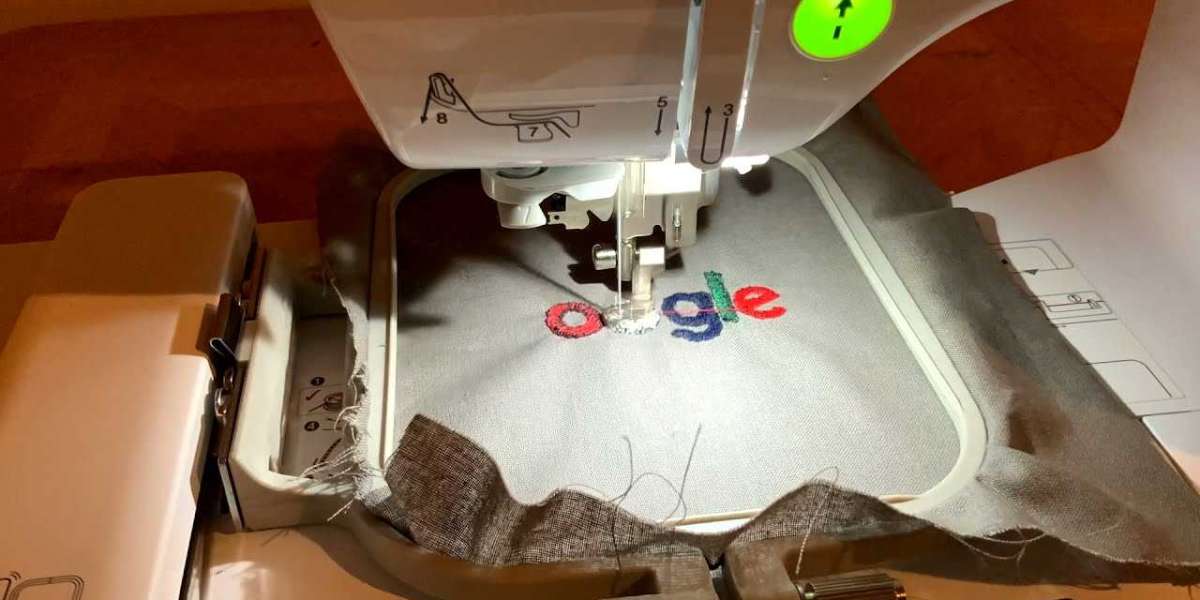Introduction
Embroidery digitizing represents the perfect marriage of technical precision and creative vision. It's the transformative process that converts visual artwork into stitch patterns machines can execute with flawless accuracy. While embroidery digitizing software handles much of the computational work, the true artistry emerges when skilled human judgment guides the digital conversion process.
Having processed thousands of designs through professional embroidery digitizing for clients across the globe, I've identified the key techniques that distinguish amateur results from exceptional embroidery. This comprehensive guide will uncover:
The often-overlooked elements that determine success in embroidery digitizing
Insider workflows professional embroidery digitizing specialists use but rarely discuss
How experts select stitch types during the embroidery digitizing process
Crucial fabric-specific adjustments in embroidery digitizing for impeccable outcomes
Common but costly embroidery digitizing mistakes you might be making unconsciously
Whether you're handling embroidery digitizing for corporate branding or personal creative projects, these professional insights will immediately enhance your results.
Understanding the Digitizer's Mindset
Think Beyond the Screen
Professional digitizers visualize:
How thread will physically lay on fabric
Where tension might cause distortion
How washes and wear will affect the design over time
The Three Pillars of Quality Digitizing
Technical Accuracy - Proper stitch formation and sequencing
Aesthetic Integrity - Maintaining the design's visual intent
Physical Practicality - Ensuring the design wears well
Essential Professional Techniques
Stitch Type Selection Mastery
Satin Stitches (Column Stitches)
Ideal for: Outlines, text, borders 1-6mm wide
Pro Tip: Vary angles every 2-3mm for better coverage
Common Mistake: Using for areas over 6mm (causes thread breaks)
Fill Stitches
Best for: Large solid areas
Density Sweet Spot: 0.35-0.45mm between rows
Advanced Technique: Use alternating 30° and 60° angles for stability
Running Stitches
Perfect for: Fine details and underlay
Length Matters: Keep under 3mm for clean lines
Pro Secret: Triple stitch important outlines for durability
Underlay: The Invisible Foundation
Critical Underlay Types:
Zigzag - Creates stability on stretch fabrics
Edge Run - Defines clean borders
Center Walk - Prevents fabric distortion
Grid - Supports large fill areas
Professional Approach:
Layer 2-3 underlay types for important elements. For example:
Center walk first to stabilize
Edge run to define shape
Zigzag for additional support
Fabric-Specific Digitizing Strategies
Knits (T-shirts, Polos)
Increase pull compensation by 15-20%
Use more underlay (3 layers ideal)
Reduce stitch density by 10%
Wovens (Denim, Twill)
Can handle higher density (up to 0.3mm)
Less pull compensation needed
Watch for thread breaks on thick seams
Specialty Fabrics
Towels: Use longer stitches (up to 5mm)
Fleece: Add water-soluble topping
Leather: Reduce needle penetrations
Advanced Professional Workflows
The Three-Phase Quality Check
Screen Review
Verify stitch overlaps
Check jump stitch lengths
Confirm proper sequencing
Virtual Sew-Out
Use stitch simulation software
Identify potential tension issues
Check for hidden problems
Physical Test Stitch
Use actual production materials
Test at final size
Examine after washing
File Organization Systems
Naming Convention: "Client_Design_Size_Date"
Version Control: Save each revision separately
Project Notes: Record fabric/thread used
Common Professional Mistakes to Avoid
1. Density Disasters
Problem: Too dense = stiff fabric; too sparse = gaps
Solution: Test different densities on scrap fabric
2. Direction Disregard
Problem: All stitches same direction = fabric distortion
Solution: Vary angles between elements
3. Compensation Neglect
Problem: Gaps between color blocks
Solution: Add 0.2mm minimum overlap
Software Options for Different Needs
Free/Low-Cost Solutions
Ink/Stitch (with Inkscape) - Most powerful free option
SewArt - Good for beginners
Embrilliance Essentials - Best entry-level paid option
Professional Grade Software
Wilcom Hatch - Industry standard
Pulse Tajima DG/ML - Preferred by large studios
Brother PE-Design - Great for home professionals
When to Hire a Professional Digitizer
Consider outsourcing for:
Complex corporate logos
Very small text (4mm height)
Production runs (100+ items)
Specialty techniques (3D puff, chenille)
FAQ
How long does it take to become proficient?
Expect 3-6 months for basic competency, 1-2 years for advanced skills with regular practice.
Can I digitize from a JPEG?
Possible but not ideal - vector artwork (AI, EPS) always produces superior results.
Why do professionals charge so much?
Quality digitizing combines technical skill, artistic judgment, and years of fabric knowledge.
How many revisions should a design need?
Well-digitized files typically require 1-2 revisions maximum.
Conclusion
Mastering professional embroidery digitizing transforms your work from amateur to exceptional. By implementing these techniques:
Approach each design with the three pillars in mind
Master underlay and pull compensation
Develop fabric-specific strategies
Implement rigorous quality control
Remember that great digitizing is invisible - when done right, people admire the embroidery, not question how it was made. The difference lies in the hundreds of small decisions made during the digitizing process.
Start applying these professional methods to your next project, and you'll immediately notice cleaner stitches, better fabric behavior, and more professional results. Your embroidery machine is only as good as the files you feed it - make sure they're crafted with this level of care and expertise.






